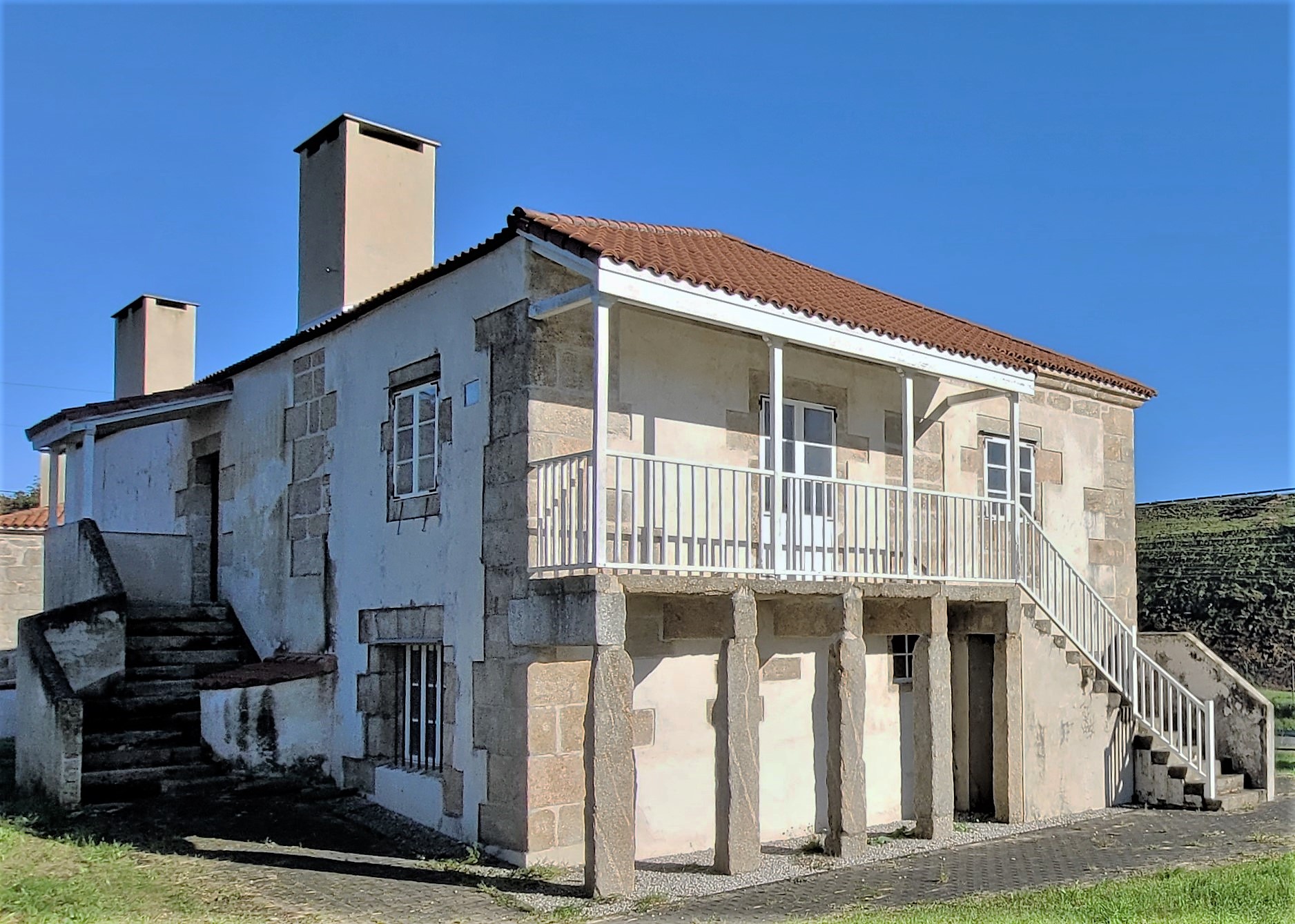The municipality of Culleredo is composed of eleven parishes. It is drained by the Valiñas and Trabe rivers and bordered by the Mero river, which flows into the Ría do Burgo. The Ría do Burgo is a site of undeniable ornithological interest and one of the prominent natural spaces of the council along with Monte Xalo.
On the seafront promenade that borders the Ría do Burgo is located the O Burgo Botanical Garden and the “Juan Lembeye Lartaud” Nature Classroom. A part of the route of the English Way of pilgrimage to Santiago de Compostela passes through it.
Located in a strategic place in the metropolitan area of A Coruña, Culleredo has a dense road communication network such as the AP-9 motorway, the A-6 highway, or the N-550 road. The railway lines to Santiago de Compostela, Madrid, and Lugo cross our municipality, and the Alvedro airport is in Culleredo.
The territory preserves vestiges that attest to the antiquity and continuity of settlement: megalithic mounds that take us back more than 5000 years; Iron Age castros; medieval monuments such as the tower of Celas, the mills of Acea de Ama, or the Romanesque churches of O Burgo, Rutis, Culleredo, and Celas, and the hermitage of San Cosme in Sésamo. The O Burgo bridge, which witnessed events like the English Invasion of 1589 or the War of Independence of 1809, also belongs to the medieval period.
Beautiful pazos, houses, and summer estates speak to the importance that our municipality had as a residential area in modern and contemporary times, and the buildings associated with industrialization remind us of the intensity of industrial activity that Culleredo experienced in the 20th century.

 Galicia
Galicia









 Culleredo City Hall
Culleredo City Hall 




